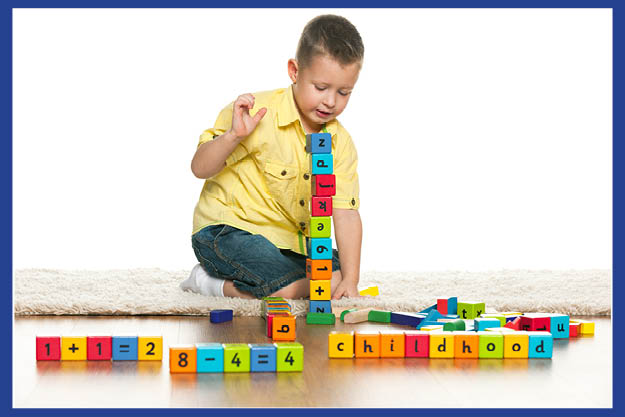Creativity
Dear Dr. Linda,
I was listening to a podcast about the importance of developing creativity in children and why it’s essential to child development. My kids love LEGOs, but this researcher argued that LEGOs don’t develop creativity. Then the same researcher said organized sports don’t develop creativity. My kids love their sports. I thought I was doing everything right, but I sure lost my confidence by the end of the podcast. What should I make them do to encourage creativity? I don’t want to have uncreative kids. Uncreative Mom
Dear Uncreative Mom,
You’re not as uncreative as you think. Instead of simply accepting what you heard on the podcast, you’re thinking about it and asking questions. Congratulations on your first step towards becoming a creative mom.
Your first step is to let your kids continue playing with their LEGOs. Many kids who get a new LEGO set put it together as the directions instruct. Then they make up a play story to go with it. Then they scramble around in their boxes of old LEGO pieces and start adding more bricks. Or they take it apart and create something different.
If your kids aren’t doing this with their LEGOs, suggest these activities. Ask them what story might go with the LEGO construction. Can they make it into something else? Combine it with another LEGO set. And keep in mind that LEGOs require two important skills: following directions and perseverance.
Also, don’t take your kids out of organized sports. Team sports foster team spirit, good sportsmanship and following directions. Playing sports with friends is equally important. Kids must work with all team members to create rules, judge, negotiate, analyze and create.
However, the researcher on the podcast has a point. Recent studies suggest creativity in children has been decreasing since 1990. Dr. Kyung Hee Kim, at the College of William and Mary, studied the creativity scores of more than 300,000 K-12 students. She found that “creativity scores for kindergartners through third-graders decreased the most, and those from the fourth through sixth grades decreased by the next largest amount.”
All children have the potential for creativity. As parents and teachers, we need to help them develop it.
Beginning with daycare centers and preschools, parents need to look for programs that not only help children learn the alphabet, colors, and numbers, but also provide plenty of time for their kids to be involved in pretending, painting, and physical play. Children need opportunities to make choices about what to do instead of having every activity directed by the teacher.
At home, toddlers, preschoolers, and primary school children need more free play where they can pretend and less time on computers and watching TV. The benefits of play are proven over and over again. Play helps kids learn how to negotiate in a group setting, how to problem solve, and ultimately how to think outside the box. Playing is so important the United Nations has declared free play a basic human right.
Let them figure out what to do next. Encourage them to build a fort, have a puppet show, make up games, and game rules, draw pictures, write stories, and cut things out of paper.
We want our kids, our future leaders and scientists, to create and have divergent thinking so they can solve problems now and then as adults. They must understand what they’re learning, not simply memorize, and then generate new ideas from this knowledge.
Our country has been one of the most creative countries in the world. We need to help our children keep our country creative.
Dr. Linda
Co-author of Why Bad Grades Happen to Good Kids and director of Strong Learning Tutoring and Test Prep, Inc. If you have any questions you’d like to share with Dr. Linda, email her at Linda@stronglearning.com.


Comments are closed.